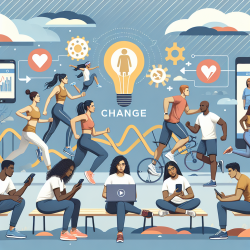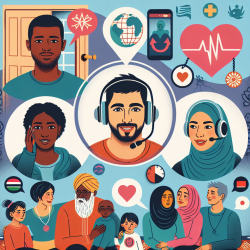Introduction
In our increasingly digital world, smartphones have become an integral part of daily life, especially among college students. A recent study titled Smartphone Use and Physical Activity among College Students in Health Science-Related Majors in the United States and Thailand explores the intricate relationship between smartphone use and physical activity levels among students in these two countries. This research provides valuable insights that can help practitioners improve their skills and encourage further research in this area.
Key Findings
The study found that U.S. students reported more days per week and greater duration of physical activity compared to their Thai counterparts. Interestingly, Thai students used smartphones more per day than U.S. students. The research highlights that increased smartphone use per day inversely relates to the number of days per week of engaging in physical activity among Thai students, but not among U.S. students.
Implications for Practitioners
For practitioners, these findings underscore the potential of leveraging smartphone technology to promote physical activity. Here are some strategies to consider:
- Develop Targeted Apps: Create smartphone applications specifically designed to encourage physical activity among college students. These apps should incorporate evidence-based behavior change techniques.
- Promote Awareness: Use smartphones to increase awareness of physical activity levels among students. This can positively influence their overall activity levels.
- Collaborate for Success: Work with app developers, university administrators, and public health practitioners to design effective interventions that integrate technology into higher education settings.
Encouraging Further Research
The study suggests that while smartphone use can be a barrier to physical activity, it also presents an opportunity for promoting healthier lifestyles. Further research is needed to explore the best techniques for smartphone application development in college settings. This includes understanding the relationship between smartphone use, sedentary behavior, and physical activity intensity.
Conclusion
The higher smartphone use among college students, particularly in Thailand, highlights both a challenge and an opportunity for promoting physical activity. By carefully designing smartphone applications and integrating them into educational settings, we can potentially enhance physical activity levels among students. As smartphone use continues to rise, it is crucial to explore innovative ways to harness this technology for positive health outcomes.
To read the original research paper, please follow this link: Smartphone Use and Physical Activity among College Students in Health Science-Related Majors in the United States and Thailand.










